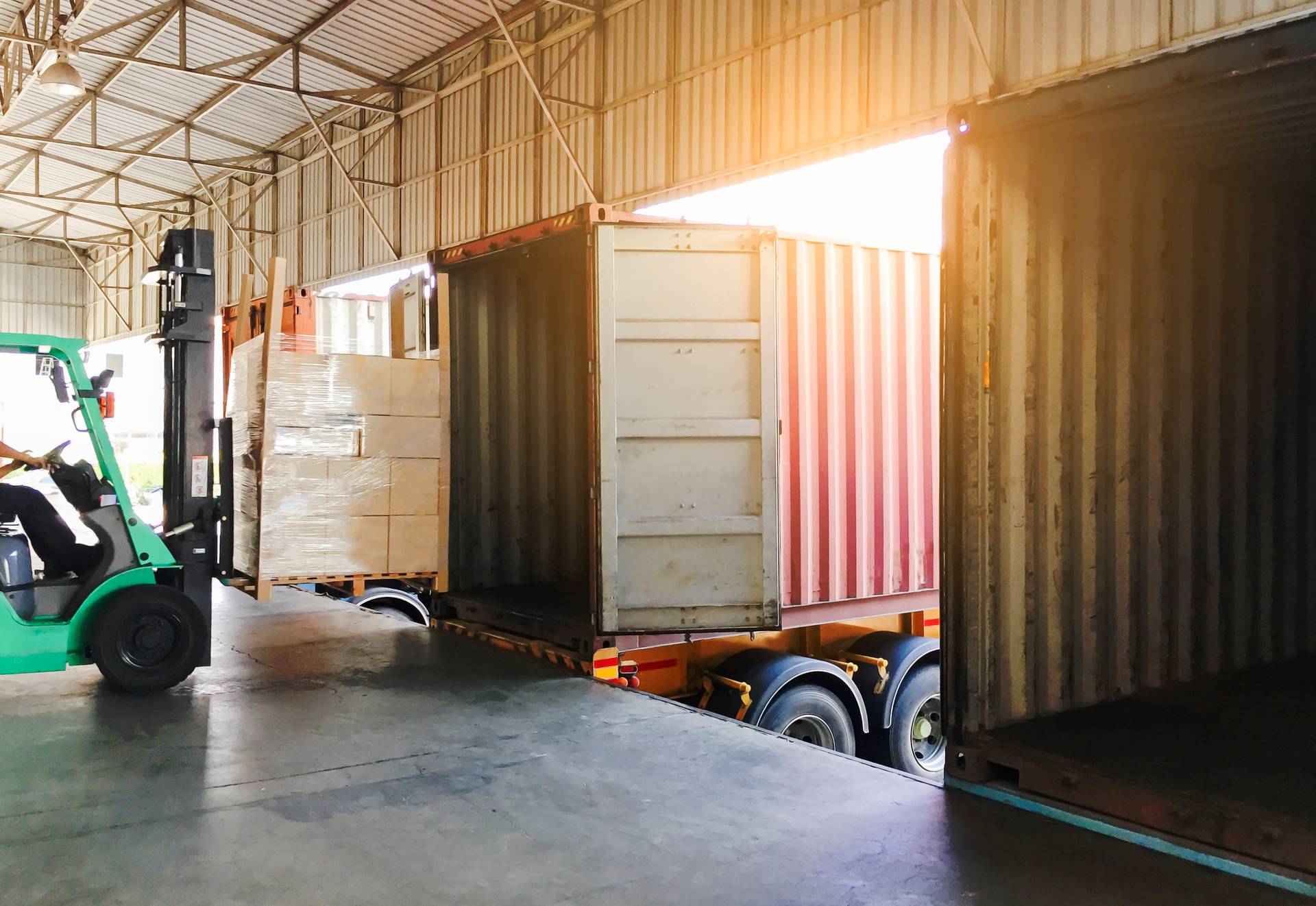Transportation KPIs: 7 Important Metrics to Monitor
Monitoring and optimizing transportation KPIs help shippers make processes more efficient, cut down on costs, and improve customer satisfaction. This article discusses the importance of KPIs and provides 7 important transportation KPIs for shippers to track.
Transportation KPIs (Key Performance Indicators) help shippers measure their team’s performance, cut costs, and improve customer satisfaction. This article discusses the importance of establishing and monitoring KPIs and lists 7 necessary transportation KPIs for shippers to monitor. Continue reading to learn more.
Click Here: Streamline Your Shipping Processes with Efficient Transportation Solutions
Why are KPIs important?
Key Performance Indicators, or KPIs, are measurable values that indicate how effectively a company progresses towards its business objectives. They are also a way of comparing a company’s performance to others in the same industry.
“What gets measured gets done.” – Peter Drucker
Just as in other industries, in logistics, establishing KPIs that can clearly communicate how businesses are performing is crucial. The primary reason shippers are establishing and measuring transportation KPIs has to do with customer expectations.
Rising customer expectations have forced businesses to perform more efficiently and with fewer errors. Monitoring KPIs helps businesses keep their processes efficient, costs down and helps with attracting and retaining customers.
The first step towards monitoring KPIs that help shippers meet and exceed customer expectations is to choose precisely which transportation KPIs to monitor. If they know which critical KPIs to track, it will become clear which processes to improve to make the business more efficient and reduce costs. Additionally, it also helps measure the effects of any improvement efforts.

7 Transportation KPIs to Monitor
Now that the importance of establishing and monitoring transportation KPIs is evident, here is a list of 7 KPIs that shippers should monitor to ensure efficiency in processes, improve customer satisfaction, and cut down costs.
-
On-Time and In-Full (OTIF)
This metric determines the performance of a carrier as well as the end customer satisfaction. It measures how often the customer gets what they ordered at the time it was promised. Due to this, the OTIF metric is regarded as a customer-centric KPI.
The on-time and in-full (OTIF) metric is a measure of timely delivery in its complete condition and represents the number of orders delivered according to the schedule and quantity specified. It is the first logistics KPI to help measure the performance of a shipper’s supply chain.
-
Number of Shipments
The number of shipments is a metric to track how many loads were sent out in a given time period (week/month/quarter/year). Tracking this metric and analyzing trends will provide shippers with valuable insights into rush hours or seasons. This helps them optimize resources in anticipation of such events and reach their financial goals.

-
Average Delivery Time
Also known as Average Transit Time, this metric measures how long it takes for a shipment to reach the customer’s location once shipped. It is calculated by adding up the total time for all deliveries and dividing by the number of deliveries.
This metric can be used as a tool for negotiation where better pricing could be offered for a more realistic time of delivery. A few things to note here are:- As the number of fulfillment centers increases, the average delivery time decreases. Knowing which locations you ship to most often can help you optimize fulfillment locations to reduce costs and transit times further.
- Expedited shipping services help keep this number low.
- International shipping tends to increase the value of this metric.
-
Average Days Late
Average days late is the number of days between the delivery due date and delivery completion date. Tracking this metric provides shippers with an insight into the delivery process and helps them understand the effects of late delivery on customer satisfaction.
-
Truck Turnaround Time
Truck turnaround time, also known as the average dwell time, is the time taken between when a truck enters a facility to deliver goods and exits it. This metric shows how well a company handles loading and unloading.
This is an important KPI for shippers to track, as it helps identify customers that take longer to service. Identifying those customers, in turn, allows shippers to account for more time when planning shipments and adjust routes accordingly.

-
Average Transportation Cost
Average transportation cost calculates the overall expenses involved in processing an order from start to finish. These costs are broken down into distinct categories: order processing, administrative, inventory carrying, warehousing, and actual transportation costs.
This helps calculate the transportation costs relative to a product and compare its costs to revenue. It is also an indicator of the efficiency of transit processes. The goal of monitoring this KPI is to reduce it as much as possible while maintaining a high quality of delivery.
It is important to note that smaller companies usually struggle with high transportation costs due to the ability of larger organizations to negotiate better rates.
-
Freight Bill Accuracy
Freight bill accuracy is the total number of error-free bills compared to the total number of freight bills in a given time period. Duplicates, incorrect classes, and accessorial fee errors can affect invoice accuracy.
Shippers need to track this metric as marginal errors in invoices can add up to significant losses over time. Inaccurate invoices could result in delayed payments and margin losses, leading to a drop in customer satisfaction.
Not only that, but the additional time and resources spent in correcting invoice inaccuracies can lead to additional indirect costs as well. The key is to look for the highest-performing carriers based on invoice accuracy and build on those relationships.
Conclusion
In summary, establishing and monitoring transportation KPIs help shippers compare their team’s performance against industry standards. Optimizing these transportation KPIs allows them to make processes more efficient and cut down on costs, leading to higher customer satisfaction.
We hope you enjoyed reading the article. Please let us know your thoughts in the comments below. If you want us to write on specific topics, please contact us! Additionally, if you want to stay up to date with the latest transportation industry news and trends, you can follow us on LinkedIn, Facebook, and Twitter.
More Blogs
Here are some more articles that consist of topics about the logistics industry, modern transportation trends, and best practices to help your business expand. Read some of these articles to learn more.

Third-Party Logistics LTL Shipping: Pros and Cons That You Should Know

5 Tips for an Efficient Transportation Management Process


Comments 0